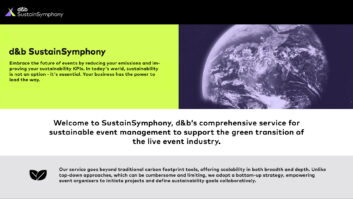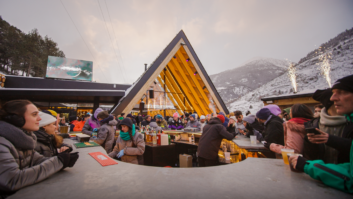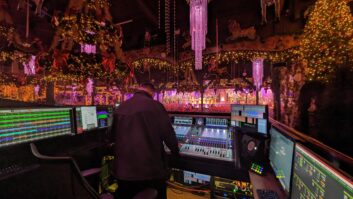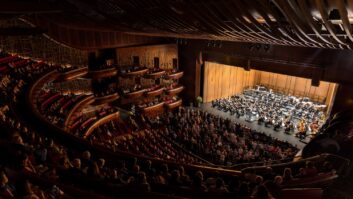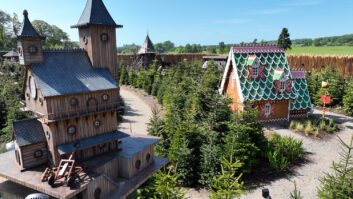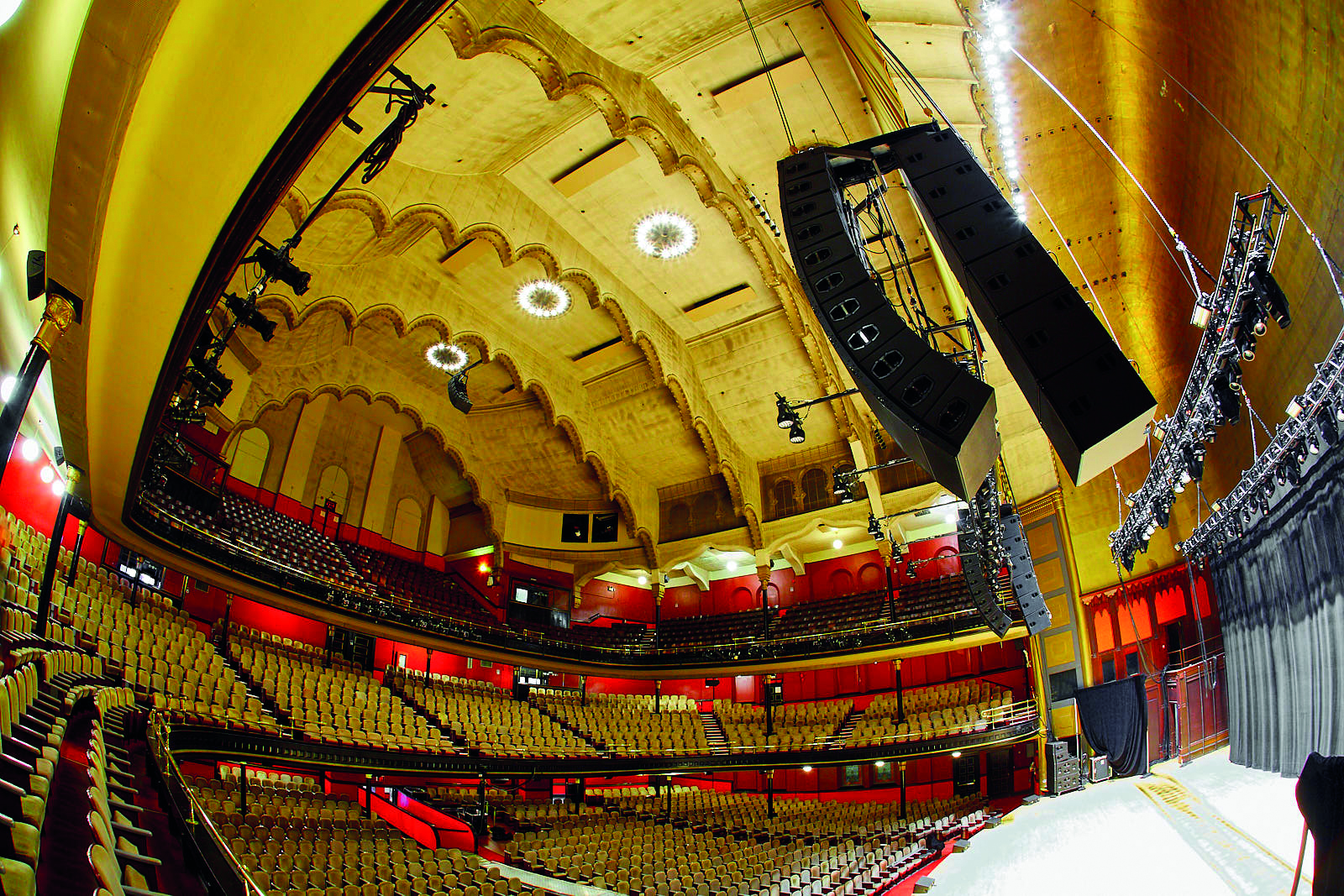
David Claringbold, d&b audiotechnik’s chief marketing officer, reveals the technological improvements that have delivered reverb flexibility, and discusses balancing the competing forces of a concert venue’s modern day needs against its original purpose.
Are truly multipurpose concert venues achievable now, or is there always going to be some level of compromise when catering to different applications?
The great theatrical producer Cameron Mackintosh once said that the first casting decision he makes in a production is the venue. I like that approach as I believe a venue should provide not only enough seats and the right technical capacity, but also a strong sense of identity and purpose that aligns to the customer experience of the art forms it presents. Otherwise, we’ll just be building soulless boxes with big car parks. There are compromises involved in presenting contemporary art in a classical environment, or vice versa, but when it’s well done, the results can be spectacular.
How has audio technology developed to enable audio manufacturers to deliver different reverb times for multipurpose concert venues?
The idea of adjusting reverb in venues is certainly not new. The acoustician Russell Johnson from Artec Consultants was famous for building large chambers into his concert halls so that rooms could be adjusted manually. Not everyone has that luxury, but the technology is now available to provide this type of capability for venues of all sizes.
To make that work you need a holistic approach, one that takes in the entire signal and processing chain. The critical components are the reverberation samples, providing access to the algorithms to tailor the sound for specific purposes and, of course, enough processing power to ensure that latency is kept to an absolute minimum. The other great technological leap is the ability place a sound source within a three-dimensional plane. This, combined with distortion-free loudspeaker systems aligned and placed in the optimal positions, will now give outstanding results.
The best way forward is to have a clear idea of what you need to achieve and ensure that you value manage the design process to focus only on this
What are the trickiest concert venue building features and construction types for achieving the desired listening experience?
The most common failure of design in concert venues is when an architect who has been poorly briefed designs a venue that looks great, but functions poorly. Older venues can also fail in their lack of ability to adapt to the changing requirements of programming. They need to adapt in order to remain relevant to new audiences.
A symphony concert hall is a work of acoustic art, but if you place a Brazilian band in there, nobody wins. So we have competing forces, a clash between a venue’s modern day needs and its original purpose. New venues try and build in these adjustable elements, but often over-complicate the issue, creating a false compromise, which provides no benefit. The best way forward is to have a clear idea of what you need to achieve and ensure that you value manage the design process to focus only on this. Venues are measured by their programming and their suitability for that programme, so often I’ve seen venues spend money on things that don’t matter, leaving them unable to achieve what does.
In what ways does working in new concert venues differ to working in historic venues?
With new concert venues there are always the big unknowns: Who are the artists? Who is the audience? And who are the people who will manage the venue? With established venues, you’re able to make far more effective decisions about renovations or upgrades, as many of these aspects are already well known. In both instances, the essential first step is to design a brief that sets out the venue’s programming vision, values, and desired future state. By doing this, you ensure that the consultants begin with a clear understanding of the desired space allocation, workflow and audience experience.
With more touring productions choosing to use their own sound systems, how are in-house concert venue systems changing?
I think the model is changing in that venues are increasingly recognising the need to install high quality sound solutions. This is because sound is such a critical aspect of the customer experience and, consequently, the venue’s brand reputation. The audience doesn’t understand that the touring company provides the sound for the artist – they will always equate the show with the venue.
In my time at Sydney Opera House, we faced this dilemma for years before finally installing a no-compromise sound solution more than 10 years ago. While I haven’t worked there for a couple of years, my experience is that no act ever changed the system. This saved thousands of hours of labour, increased venue utilisation and reduced the extensive wear-and-tear on the venue. The result for the audience was also consistently spectacular. Instead of reviews in the press discussing poor sound, the journalists focused only on what the artist was doing, which is as it should be.
Picture: Neal Burstyn

